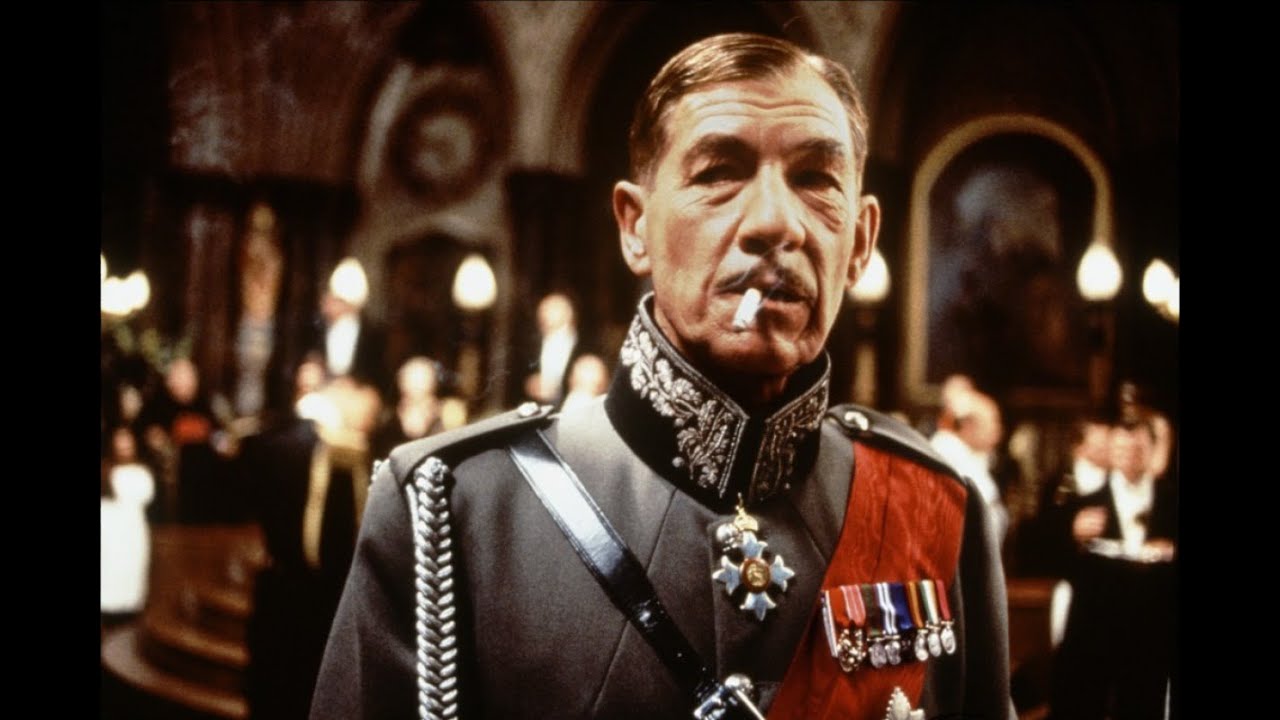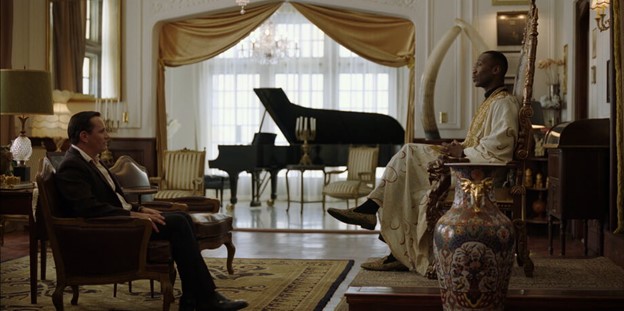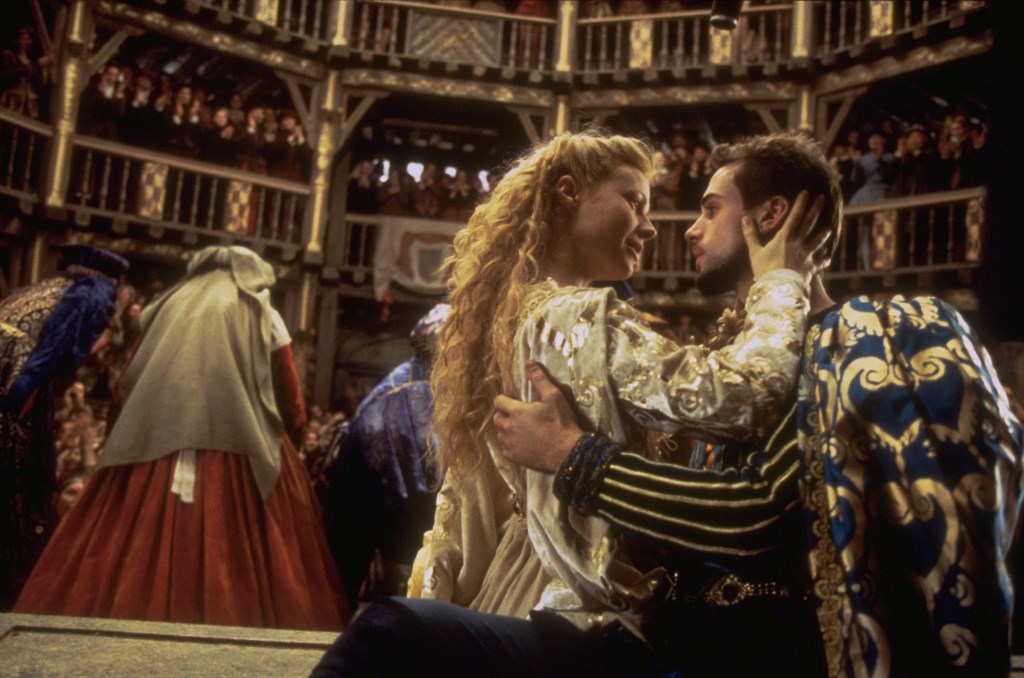


Many screen adaptations of the classics are informed by social justice concerns. Films
construct a social space—a space for socialization and discussion of social justice issues—where
the characters’ and audiences’ universes intersect. Some films imagine the classics to have a
remedial effect on our society.
Film as an art form is constituted by light, illusion of movement, and the manipulation of space and time. This section covers the basic vocabulary for film analysis.
Formalism, a filmmaking approach advocated by Sergei Eisenstein in the Soviet Union in the 1920s, is now a classic Hollywood style that gives meanings to the dramatic action through film techniques.
Mise-en-scène (mee-sang-SEN), a French term, refers to the arrangement of actors and scenery on stage. In film studies, mise-en-scène encompasses everything visible on screen: lighting, framing, composition of the shot, blocking, costumes, sets, and props.
Film as an immersive medium is designed to make its conventions of artificial reality “invisible” to the viewers. Our first task is to see beyond what Dave Monahan and Richard Barsam have called “cinematic invisibility.” Watch a film at least twice so that you can reverse engineer some of its key scenes.
A film adaptation transfers a dramatic or literary narrative to the cinematic form. Far from being “derivative” or a secondary form of art, film adaptations are highly original artistic ventures.



